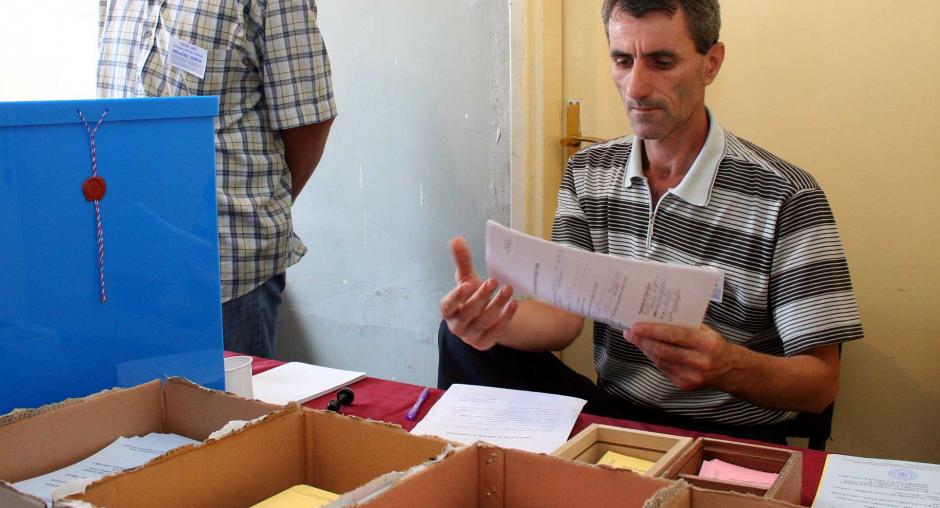Presidential Election, 6 April 2008

Type:
Country:
Mission at a glance
- Head of Mission: Julian Peel Yates
- 11 international staff based in Podgorica
- 14 long-term observers deployed in the regions
- 100 short-term observers requested from OSCE participating States
Mission schedule
- 27 February: Mission opens
- 5 March: Deployment of long-term observers
- 6 April: Election day
- 7 April: Press conference
Following an invitation from Montenegro's Foreign Ministry, ODIHR deployed an election observation mission on 27 February to observe the presidential election on 6 April.
Headed by Julian Peel Yates of the United Kingdom, the mission consisted of 25 experts and long-term observers from 18 OSCE participating States, covering all 21 municipalities.
For election-day observation, the mission was joined by a delegation from the Parliamentary Assembly of the Council of Europe. Together, some 180 short-term observers from 42 OSCE participating States were deployed.
According to the mission's final report: "In their Statement of Preliminary Findings and Conclusions, made on 7 April, [ODIHR and the Parliamentary Assembly of the Council of Europe] stated that nearly all aspects of the election were found to be in line with OSCE Commitments and Council of Europe standards for democratic elections. The continued evidence of a blurring of state and party structures, however, remains contrary to the 1990 Copenhagen Document."
Long-term observation
The EOM, headed by Julian Peel Yates of the United Kingdom, consisted of 11 international experts based in Podgorica. In addition, 14 long-term observers were deployed throughout the country from 5 March 2008.
The EOM assessed the presidential election for its compliance with principles for democratic electoral processes, including commitments agreed to by all OSCE participating States, as well as with national legislation. Observers closely monitored campaign activities, the work of the election administration and relevant governmental bodies, election-related legislation and its implementation, the media environment, and the resolution of election-related disputes.
Election day
The OSCE/ODIHR requested 100 short-term observers to be deployed immediately prior to the 6 April election. The short-term observers were deployed throughout the country in multinational teams of two to monitor the opening of polling stations, voting, counting of ballots, and tabulation of results.
The day after the election, the Election Observation Mission issued a statement of preliminary findings and conclusions. A final report on the observation of the entire electoral process will be issued approximately eight weeks after the end of the observation mission.
Previous elections
The OSCE/ODIHR has observed ten elections in Montenegro since 1997, most recently the parliamentary elections of 10 September 2006.
The EOM and the OSCE Mission to Montenegro operate separately under their specific mandates.
